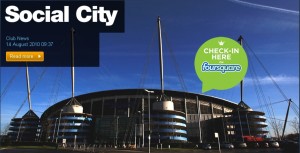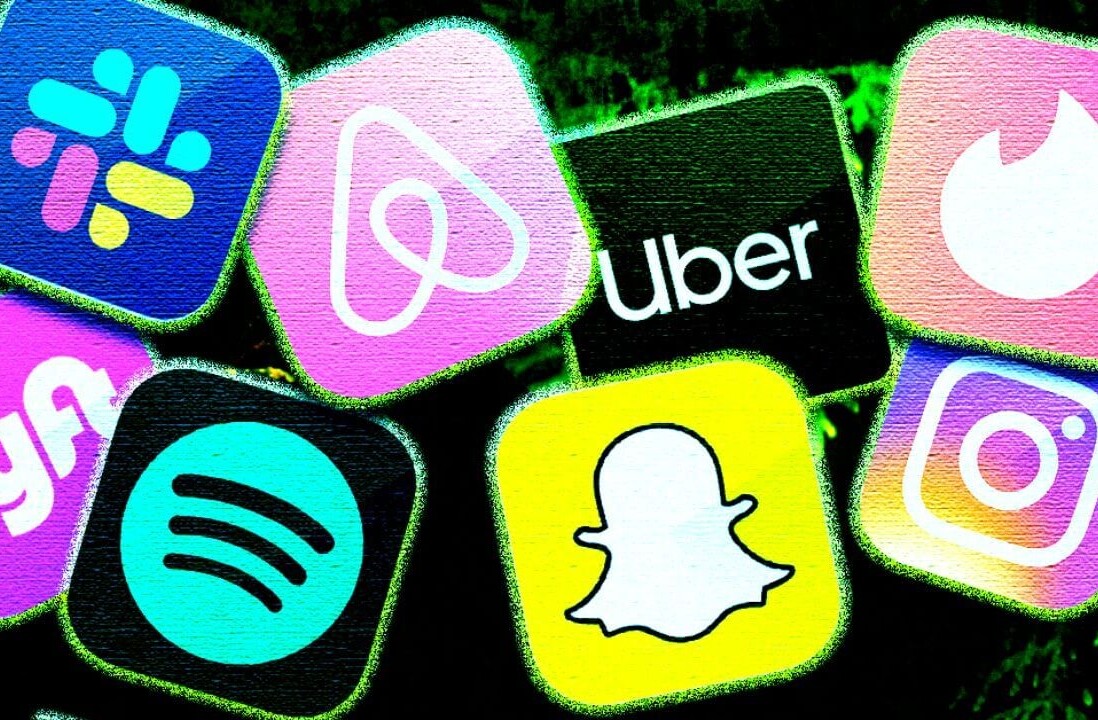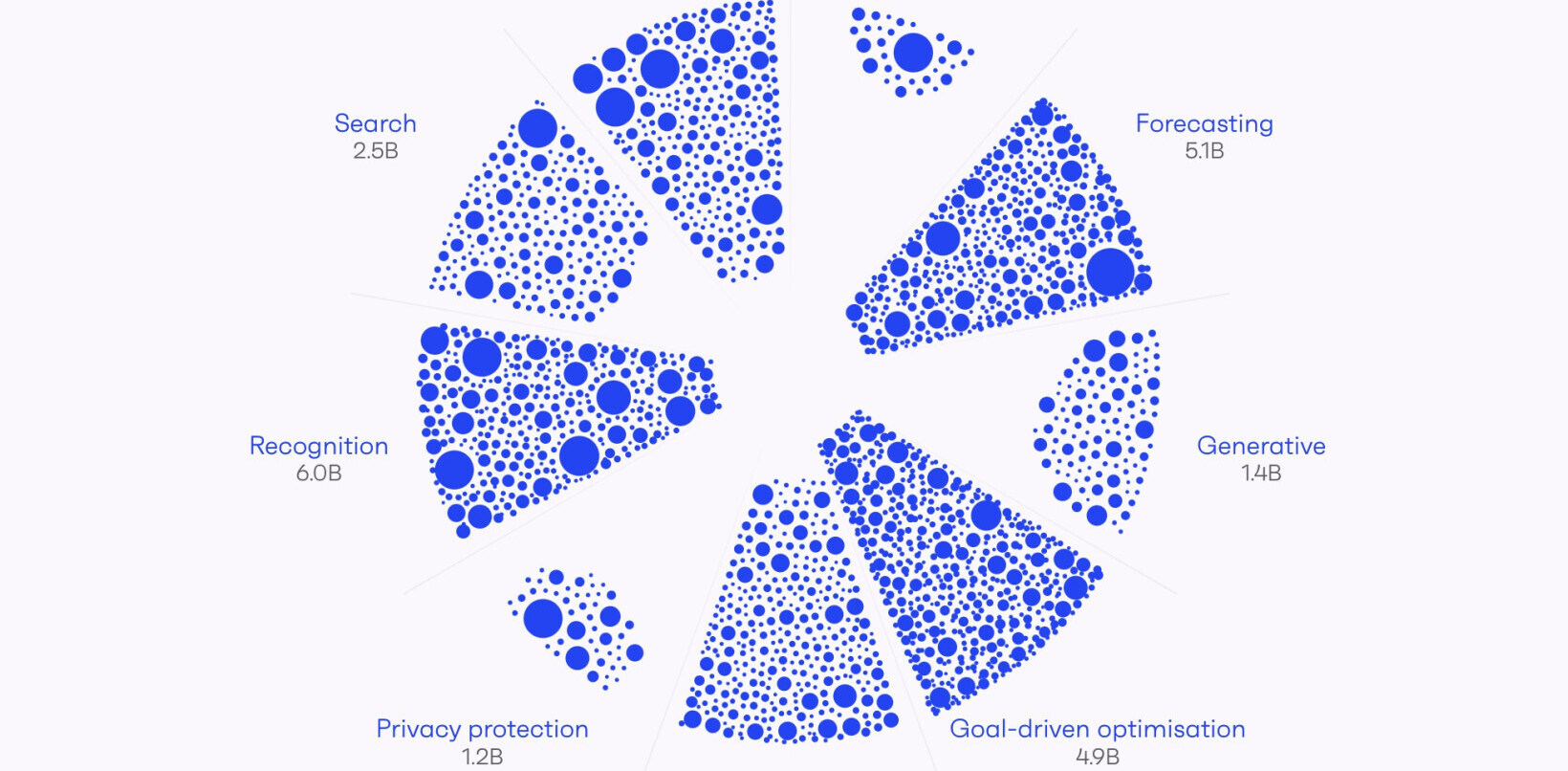
 With the start of this season’s Barclays Premier League this weekend, I thought it would be interesting to look at how the various teams would fare if social media engagement would decide the league. You wouldn’t be surprised to find Chelsea at the top of the table with West Bromwich Albion languishing at the bottom, but the rest of the table makes for some interesting reading.
With the start of this season’s Barclays Premier League this weekend, I thought it would be interesting to look at how the various teams would fare if social media engagement would decide the league. You wouldn’t be surprised to find Chelsea at the top of the table with West Bromwich Albion languishing at the bottom, but the rest of the table makes for some interesting reading.
League results
At the top of the table its business as usual as seems as if Abramovich’s millions can buy league and online success. Second is Everton with a tie between Aston Villa, Liverpool and Manchester City for third. Perhaps it’s time to introduce a playoff for the Champions’ League?
At the bottom of the table it’s also business as usual with two of last season’s promoted clubs, Blackpool and the Baggies, dropping back into the Championship.
By tying 3rd, Liverpool are still knocking on the door of Champions’ League qualification. Manchester City continue to use their millions to promise, but under-deliver, by not definitively beating their rivals. Newcastle show their drop into the Championship may have been temporary with a 6th placed finish. Much to my personal dismay, Arsenal drop to 7th to tie with Stoke. Far more satisfying was Manchester United narrowly avoiding relegation by plummeting to a tied 12th (with 5 other clubs).
The entire table reads as follows.
- 1) Chelsea FC, 11 points
- 2) Everton, 10 points
- 3) Aston Villa, 9 points
- 3) Liverpool FC, 9 points
- 3) Manchester City FC, 9 points
- 6) Newcastle United, 6 points
- 7) Arsenal, 5 points
- 7) Stoke City FC, 5 points
- 7) Tottenham Hotspur, 5 points
- 10) Sunderland AFC, 4 points
- 10) Wolverhampton Wanderers, 4 points
- 12) Birmingham City FC, 3 points
- 12) Blackburn Rovers, 3 points
- 12) Bolton Wanderers, 3 points
- 12) Fulham FC, 3 points
- 12) Manchester United FC, 3 points
- 12) Wigan Athletic, 3 points
- 18) Blackpool FC, 2 points
- 18) West Ham United, 2 points
- 20) West Bromwich Albion, 0 points
The analysis
I did a walkthrough of each club’s website awarding points for relevant social media features, i.e. article sharing, Facebook like buttons, blogs, Twitter presence, Facebook presence, LinkedIn presence, YouTube presence, Flickr presence and delivery of mobile content via the mobile web and/or a phone app. I searched through the home page, looked at one news article and went to the mobile section of the site.
In some instances, there were some things unique to specific clubs and points were awarded accordingly.
- Three clubs had specific pages dedicated to showcasing their social media presence (Liverpool FC, Manchester City FC and West Bromwich Albion) although West Brom’s pages were just placeholders.
- Only Aston Villa had links to LinkedIn
- Only Manchester City made mention of Foursquare
- Only Everton had a presence on Bebo
- Arsenal and Spurs specifically encouraged Twitter interaction using hash tags or @ replies
- Manchester City has an accredited bloggers programme which is a great way to encourage the fan community to engage
I suspect there may be more clubs with official presence Facebook but I took the view that if I couldn’t find it either on the homepage or in the menu structure, then the presence is too hard to find (via their websites) to count for points.
Where clubs have Twitter presence not mentioned on their websites, they received a point for the Twitter account and were docked a point for making it hard to find.
Social media presence should be easily accessible from websites and, where this isn’t the case, it represents an opportunity lost. Great content not found is good for nothing.

Some additional observations
During the course of the analysis, I picked up a few others things worth noting.
- The clubs that make it easier to find their content are the clubs more llikely to actively engage their fan communities. With this in mind, I would advocate that all clubs have links to their social media presence on their home pages. To make it easy to find, this should be both graphical (buttons) supported by text. My first step was always a text search for Twitter and Facebook followed by a visual scan.
- There is a group of clubs who all belong to the Club Player network which is an online video service. Just by looking at the sites, it is clear to see that they are all designed by the same web dev company. Interestingly, only one of these clubs had presence on social media networks.
- When assessing mobile apps, I had no intention of being iPhone specific, but no club offered apps on any other platform.

The detailed results
Detailed analysis, including scoring comments, can be seen in this spreadsheet.
Note: If you find that I’ve missed anything, let me know via the comments and I will update the data.
Get the TNW newsletter
Get the most important tech news in your inbox each week.





